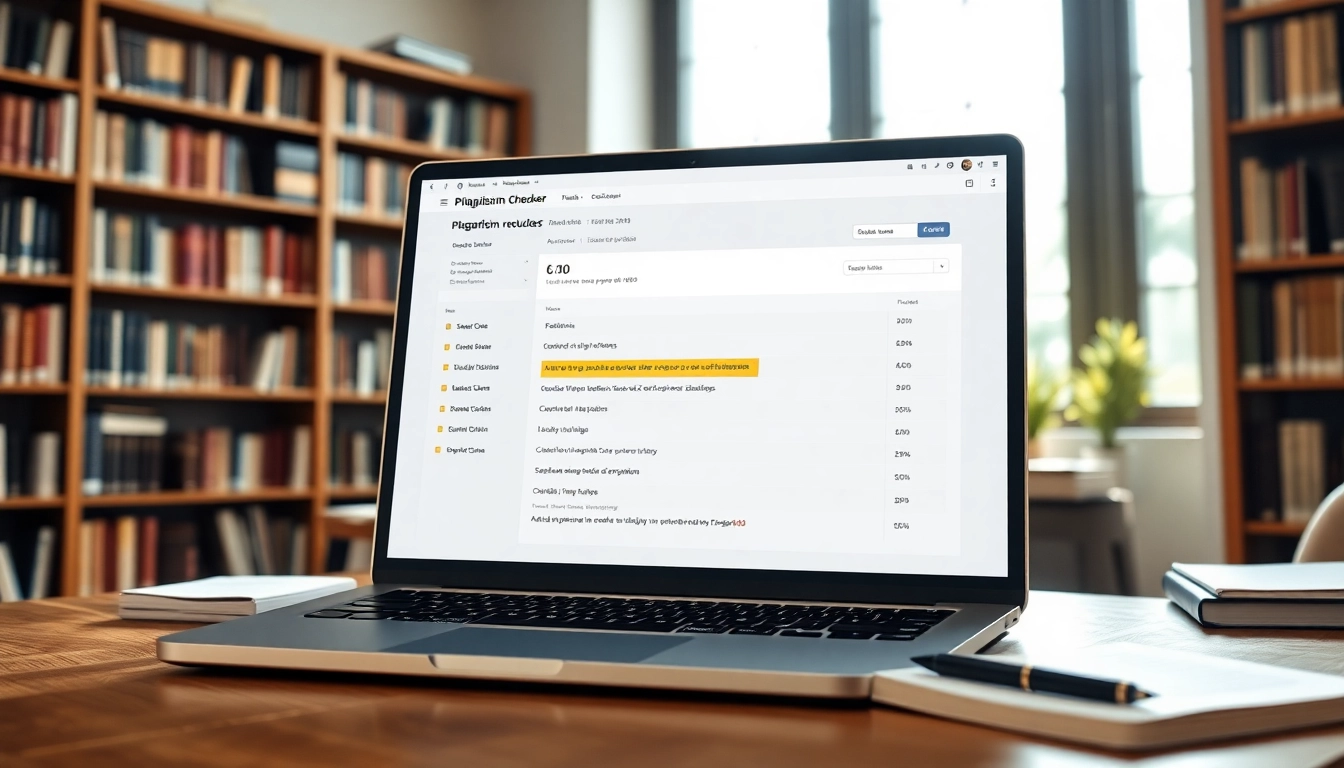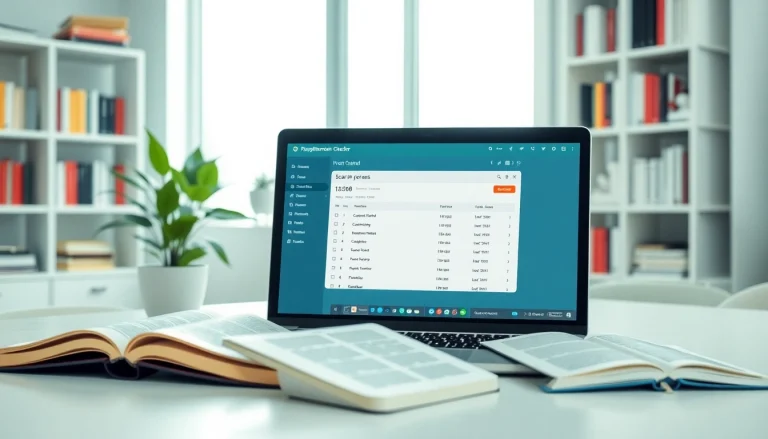Plagiarism has become a serious concern in both academic and professional circles. The rise of digital content creation and accessibility has made it easier for individuals to inadvertently or intentionally while writing. As a result, the demand for reliable plagiarism checker tools has skyrocketed. In this article, we delve deeply into what plagiarism is, how detection works, the benefits of using plagiarism checkers, and how to choose the right one for your needs.
Understanding Plagiarism and Its Consequences
What Constitutes Plagiarism?
Plagiarism is the act of using someone else’s work, ideas, or intellectual property without proper acknowledgment. This can include copying text, images, or even code. Whether done intentionally or unknowingly, plagiarism can lead to serious repercussions, particularly in academic settings where originality is paramount. A student might, for instance, fail a course, be expelled, or face disciplinary action. In professional fields, plagiarism can damage reputations, lead to lawsuits, and even result in job loss.
Common Types of Plagiarism
There are several forms of plagiarism, which can broadly be classified as follows:
- Direct Plagiarism: Copying someone else’s work word-for-word without attribution.
- Self-Plagiarism: Reusing one’s own previously published work without citation.
- Patchwork Plagiarism: Combining phrases or ideas from various sources, without proper attribution.
- Poor Paraphrasing: Paraphrasing another’s ideas with insufficiently altered wording, still requiring citation.
Understanding these types is crucial for anyone involved in writing, be it students, academics, or professionals.
Academic and Legal Implications
Violating academic integrity through plagiarism can lead to severe academic penalties. Universities and colleges often have strict policies, including failing grades or suspension. Legally, copyright infringement claims may arise when content is used without permission, resulting in lawsuits that could lead to monetary damages for the plagiarist. Overall, the implications of plagiarism are not only ethical but also legal, emphasizing the need for vigilance.
How a Plagiarism Checker Works
Technology Behind Plagiarism Detection
Modern plagiarism checkers utilize advanced technology and algorithms to efficiently detect copied content. Tools utilize large databases containing millions of academic articles, web pages, and publications to compare text. Often, they employ techniques such as fingerprinting, string comparison, and semantic analysis to identify unoriginal content. AI enhancements make these tools even more effective, as they can identify nuances in writing that indicate potential plagiarism.
Types of Checks Performed
Plagiarism checkers perform several types of checks on submitted content:
- Textual Comparison: This compares the submitted text against an extensive database to identify matching phrases or sentences.
- Structural Analysis: This examines the structure and organization of the text to identify similarities in formatting or ideas.
- Reference Checking: This verifies that all citations and references are accurately acknowledged.
Understanding Similarity Reports
After a plagiarism check is performed, users receive a similarity report detailing the percentage of matched content. The report typically displays highlighted text that is flagged as plagiarized, along with links to the original sources. Understanding these reports allows users to take corrective action by either rewriting flagged content or ensuring proper citations.
Benefits of Using a Plagiarism Checker
Promoting Academic Honesty
One of the most significant benefits of using a plagiarism checker is fostering a culture of academic honesty. Students can routinely check their work, ensuring they are not inadvertently plagiarizing. This habit promotes integrity and self-assessment, essential attributes in any academic environment.
Enhancing Writing Skills
Using a plagiarism checker can also enhance writing skills. By reviewing flagged sections and understanding why certain phrases are considered unoriginal, writers are educated on proper paraphrasing and citation techniques. This process ultimately develops their ability to express ideas independently while acknowledging the contributions of others.
Support for Students and Educators
Plagiarism checkers serve as invaluable tools for both students and educators. Teachers can use these tools to check student submissions for originality, providing feedback and educational opportunities. Similarly, students can use these tools before submitting assignments to ensure compliance with academic standards, aiding in their overall academic performance.
Top Features to Look for in a Plagiarism Checker
User-Friendly Interface
When choosing a plagiarism checker, an intuitive and user-friendly interface is essential. Users should easily navigate the application without seeking extensive guides. Effective UI/UX design allows users to upload documents or paste text seamlessly, expediting the checking process.
Compatibility with Various File Formats
Another crucial feature is the ability to check various file formats. A robust plagiarism checker should support formats like .doc, .pdf, and .txt, allowing users to work with documents in their preferred format without the hassle of conversion.
Real-Time Detection and Reporting
Real-time detection is a valuable feature, especially for those working on lengthy documents. Instead of waiting for a comprehensive report, users can receive instant feedback as they write, making it easy to adjust content on the fly. Detailed reporting of findings is also crucial in offering insights into what constitutes potential plagiarism.
Choosing the Right Plagiarism Checker for Your Needs
Comparing Popular Tools
The market for plagiarism checkers is saturated with tools like Grammarly, Turnitin, and Scribbr, each offering unique features. It’s essential to assess what each tool specializes in and how well it caters to your specific needs—be it academic writing, professional content creation, or casual blog writing.
Free vs. Paid Services
Many plagiarism checkers offer both free and paid versions. While free services provide a basic assessment, they typically lack comprehensive features found in paid versions. Users must weigh their options based on their needs, such as frequency of use and the depth of reporting required.
Evaluating Effectiveness and Accuracy
Last but not least, evaluate the effectiveness and accuracy of the plagiarism checker. Factors such as database size, algorithm sophistication, and user reviews play crucial roles in determining overall effectiveness. Performing side-by-side comparisons of different tools can also help in identifying any discrepancies in performance and accuracy.








